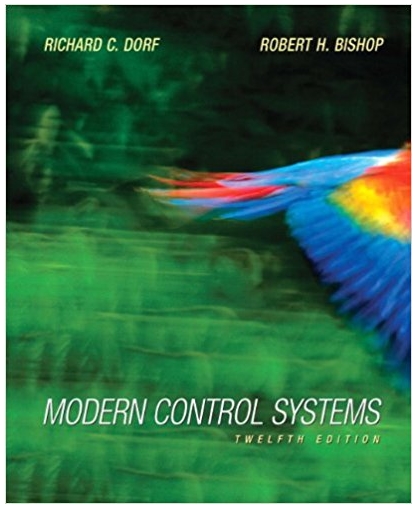The automatic control of an airplane is one example that requires multiple-variable feedback methods. In this system,
Question:
An autopilot, which will be considered here, is an automatic control system that controls the roll angle ϕ by adjusting aileron surfaces. The deflection of the aileron surfaces by an angle θ generates a torque due to air pressure on these surfaces. This causes a rolling motion of the aircraft. The aileron surfaces are controlled by a hydraulic actuator with a transfer function l/s.
The actual roll angle Ï• is measured and compared with the input. The difference between the desired roll angle Ï•d and the actual angle Ï• will drive the hydraulic actuator, which in turn adjusts the deflection of the aileron surface.
A simplified model where the rolling motion can be considered independent of other motions is assumed, and its block diagram is shown in Figure DP7.13(b). Assume that K1 = 1 and that the roll rate Ï• is fed back using a rate gyro. The step response desired has an overshoot less than 10% and a settling time (with a 2% criterion) less than 9 seconds. Select the parameters Ka and K2.
Figure DP7.13
(a) An airplane with a set of ailerons.
(b) The block diagram for controlling the roll rate of the airplane.
.png)
Fantastic news! We've Found the answer you've been seeking!
Step by Step Answer:
Related Book For 

Question Posted:





